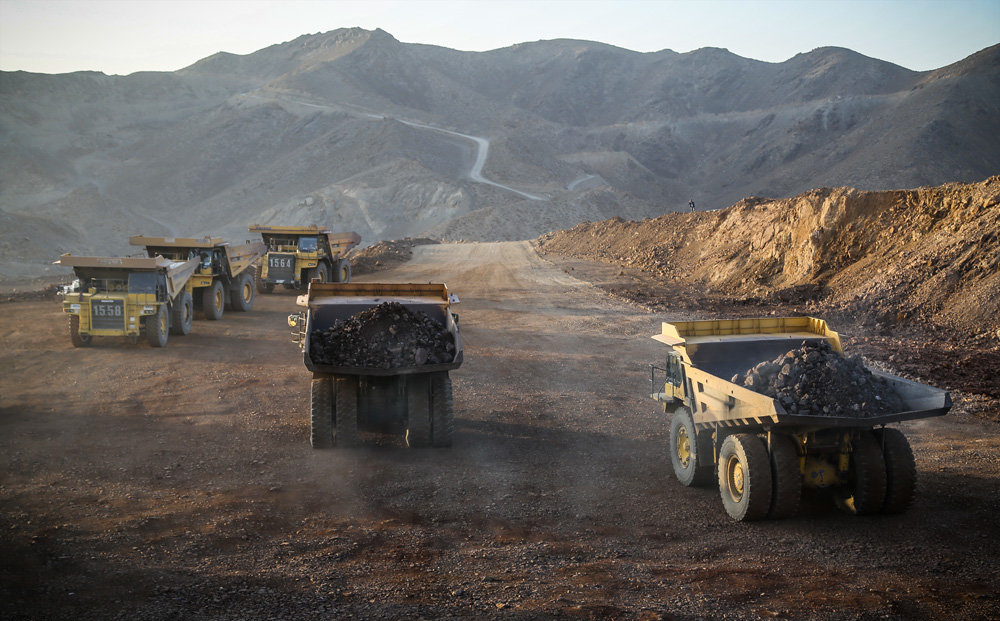Bullish sentiment in the global raw material segment favors Iranian iron ore exports.
Additional support is coming from the Iranian government’s resolve to limit the export of raw materials as of March 2017. As a result, iron ore producers aim to benefit from recent developments and sell abroad.
Over the first seven months of the current Iranian year (March 20–October 21), Iran increased export volumes of iron ore by 35% to 9.9 million tons year-on-year, according to Iranian Mines & Mining Industries Development and Renovation.
The value of exports went up by 42% to $380.3 million over the reviewed period.
The uptrend in iron ore prices in the global market was the key reason for the better performance of Iran against foreign outlets, as Iranian iron ore producers were able to compete.
“The breakeven point of Iranian iron ore mines is around $50-55/ton. It means if the global iron ore benchmark is below this figure, Iranian miners will suffer a loss,” Keyvan Jafari Tehrani, the head of International Affairs at Iranian Iron Ore Producers and Exporters Association, told Metal Expert.
Taking into account the fact that the price for Australian iron ore fines with Fe content of 62% is fetching $74.5/ton CFR China, Iranian mining sector may benefit from the situation. Iron ore quotes were at the level of $58/ton CFR China at the beginning of the current Iranian year (started March 20), which challenges profitability of iron ore exports from Iran.
Partly, higher export activity is a result of the decision made by the Ministry of Industries, Mining and Trade announced on November 6 to impose tariffs on export of unprocessed iron ore from the next Iranian year (March 21, 2017). However, the exact amount of the introduced duties has not yet been specified.
In addition, certain volumes of produced iron ore are not in demand in Iran at the moment.
“Parts of the country’s iron ore production, mainly from private mines, cannot be used by the domestic industry because of its inappropriate specification and should be exported,” Tehrani said.
A high export activity of Iran in the iron ore segment is expected to last as long as the bullish sentiment continues in the global market.
As a result, Iranian exporters are seeking ways of ramping up export sales not only in the physical market but also on the Iran Mercantile Exchange.
The IME has seen a rise in trading recently. As a case in point, a total of 110,000 tons of iron ore produced by the state iron ore mine in Jalalabad is said to have been traded through the exchange lately.
Still, some market participants have not confirmed any deals on IME’s export floor.


